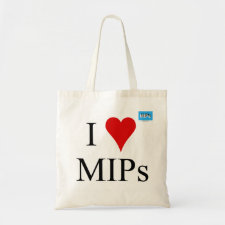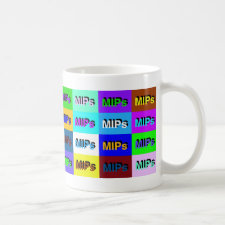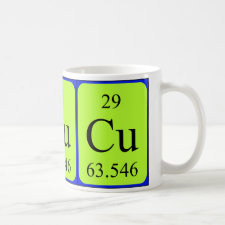
Authors: Liu H, Kong DL, Sun W, Li QS, Zhou ZY, Ren ZQ
Article Title: Effect of anions on the polymerization and adsorption processes of Cu(II) ion-imprinted polymers.
Publication date: 2016
Journal: Chemical Engineering Journal
Volume: 303
Page numbers: 348-358.
DOI: 10.1016/j.cej.2016.06.004
Alternative URL: http://www.sciencedirect.com/science/article/pii/S1385894716308117
Abstract: Effects of anions on the polymerization and adsorption processes of Cu(II) ion-imprinted polymers (Cu(II)-IIPs) were investigated. Cu(II)-IIPs were synthesized by bulk polymerization with copper salts containing different anions (SO42-, Cl-, NO3- and CH3COO-) as templates, methanol as solvent, ethylene glycol dimethacrylate as crosslinking agent, and azodiisobutyronitrile as initiator. The introduction of diphenylcarbazide as a ligand greatly improved the adsorption performance. Methacrylic acid was selected as monomer. The anions in the template, especially for Cl- and CH3COO-, have significant influences on the polymerization process. Characterization of synthesized four Cu(II)-IIPs was conducted by scanning electron microscopy, fourier transform infrared spectroscopy, zeta potential, X-ray photoelectron spectroscopy and Brunauer, Emmett and Teller method. The synthesized Cu(II)-IIPs exhibit higher adsorption capacity and faster adsorption rate than the adsorbents reported previously. The adsorption capacities of synthesized four Cu(II)-IIPs increase with the increase of initial Cu(II) ion concentration and pH value. The orthogonal experiment was designed using four Cu(II)-IIPs and four aqueous solutions with different anions to explore the effects of anions on adsorption capacity and selectivity. Due to different ionic radii, the adsorption capacities of four Cu(II)-IIPs for CuCl2 solution are the highest and the adsorption capacities of Cu(II)-IIP synthesized with Cl- for all aqueous solutions are the lowest. The adsorption capacity of Cu(CH3COO)2-IIP is lower than that of the other three IIPs for four aqueous solutions with different anions because of the organic anion CH3COO-. Zn(II), Ni(II), and Co(II) ions were selected as competitive ions for Cu(II) ion. The adsorption selectivity of synthesized Cu(II)-IIPs with different anions in the templates follows the sequence CH3COO- > Cl- > SO42- > NO3-. Moreover, Cu(II)-IIPs exhibit excellent regeneration ability and can be used repeatedly
Template and target information: copper ion, Cu(II)
Author keywords: anion, ion imprinted polymer, Cu(II), adsorption, ligand



Join the Society for Molecular Imprinting

New items RSS feed
Sign-up for e-mail updates:
Choose between receiving an occasional newsletter or more frequent e-mail alerts.
Click here to go to the sign-up page.
Is your name elemental or peptidic? Enter your name and find out by clicking either of the buttons below!
Other products you may like:
 MIPdatabase
MIPdatabase









